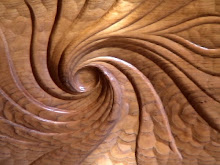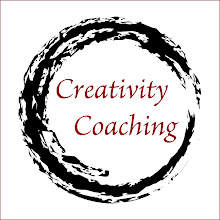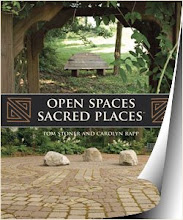 Digital design reveals the fluid nature of the physical world. On my monitor, a stone wall is as bendable as a river's current. A slate roof is as sliceable as soup. Within the rectangle of the digital screen, what appears solid is as substantial as air. What my mind conceives, instantly becomes form. Instantaneous form becomes space my mind inhabits. It invites imagination to conjure new stories of dwelling. New stories of dwelling become places where I live.
Digital design reveals the fluid nature of the physical world. On my monitor, a stone wall is as bendable as a river's current. A slate roof is as sliceable as soup. Within the rectangle of the digital screen, what appears solid is as substantial as air. What my mind conceives, instantly becomes form. Instantaneous form becomes space my mind inhabits. It invites imagination to conjure new stories of dwelling. New stories of dwelling become places where I live.Any child in a sand box understands this play of creation. Yet, as our minds solidify their viewpoints of how to navigate the world, the world appears more solid and inflexible. We become more rigid too. We look for hard facts and solid ground upon which to stand. What we find however, is that the fluidity of the digital would is not limited to our computers. Life pulls the rug from beneath our beliefs every day. Again and again we find ourselves swimming when we think we should be running.
Sages of all sorts have urged us to remember to row our boats gently down the dream of living. Instead, we strive to turn the responsive boat and the moving stream into resistant houses standing firmly on unmovable bedrock. We argue with the elusive nature of life and it washes away our arguments every time.
This is the great shift of our age—what we thought was solid is fluid. The fluid world is constantly shaping and reshaping. What seems like an insurmountable obstacle can dissolve like a puff of smoke. The world has always been this way. The virtual world is inviting us to wake up to what has been going on all along.




















